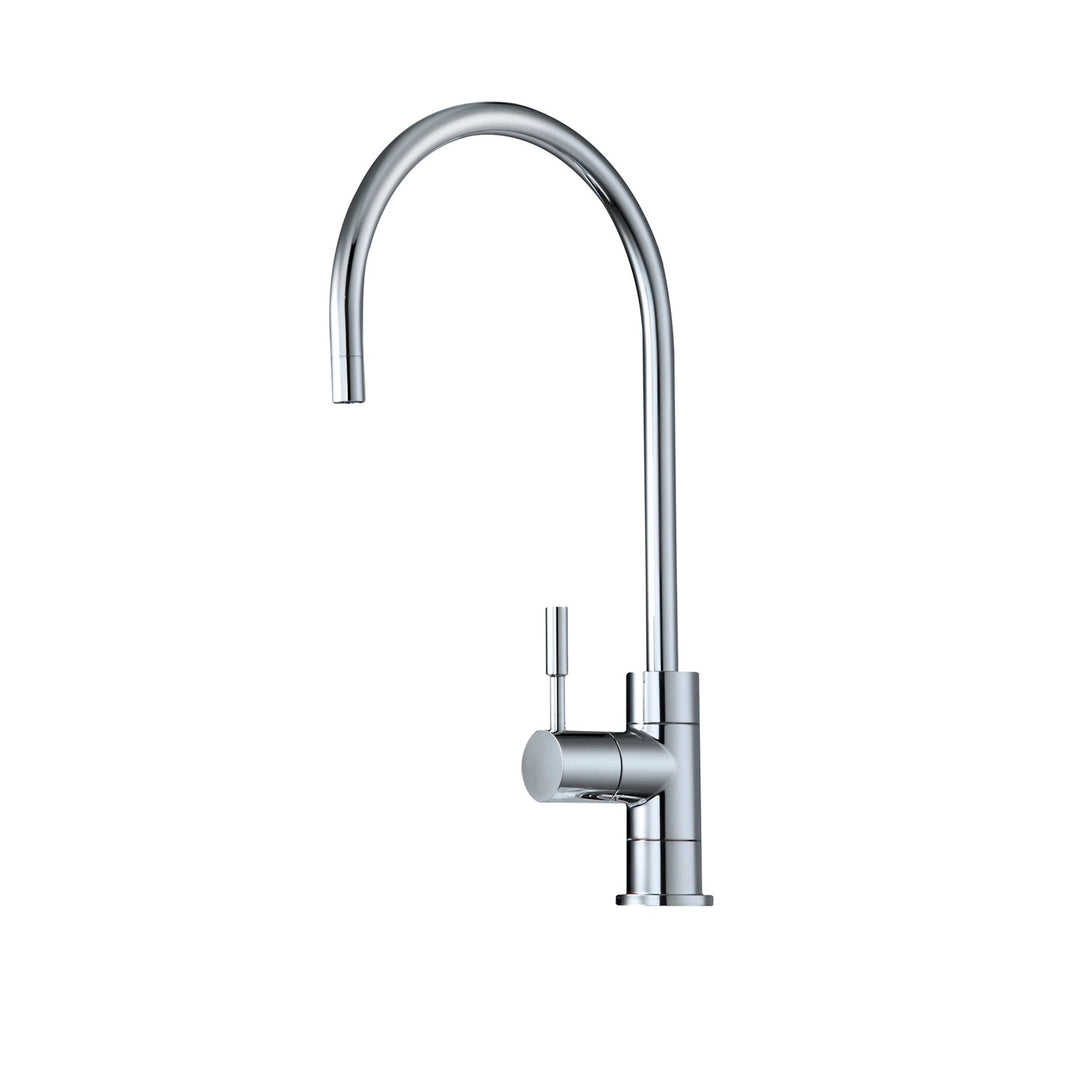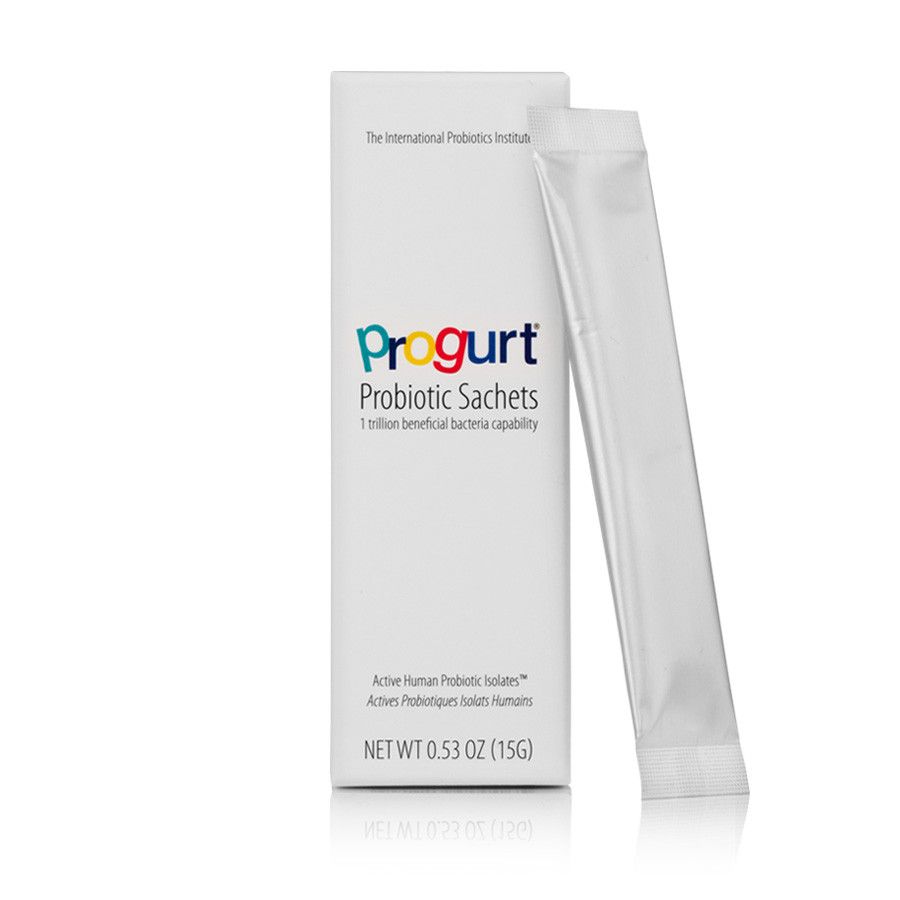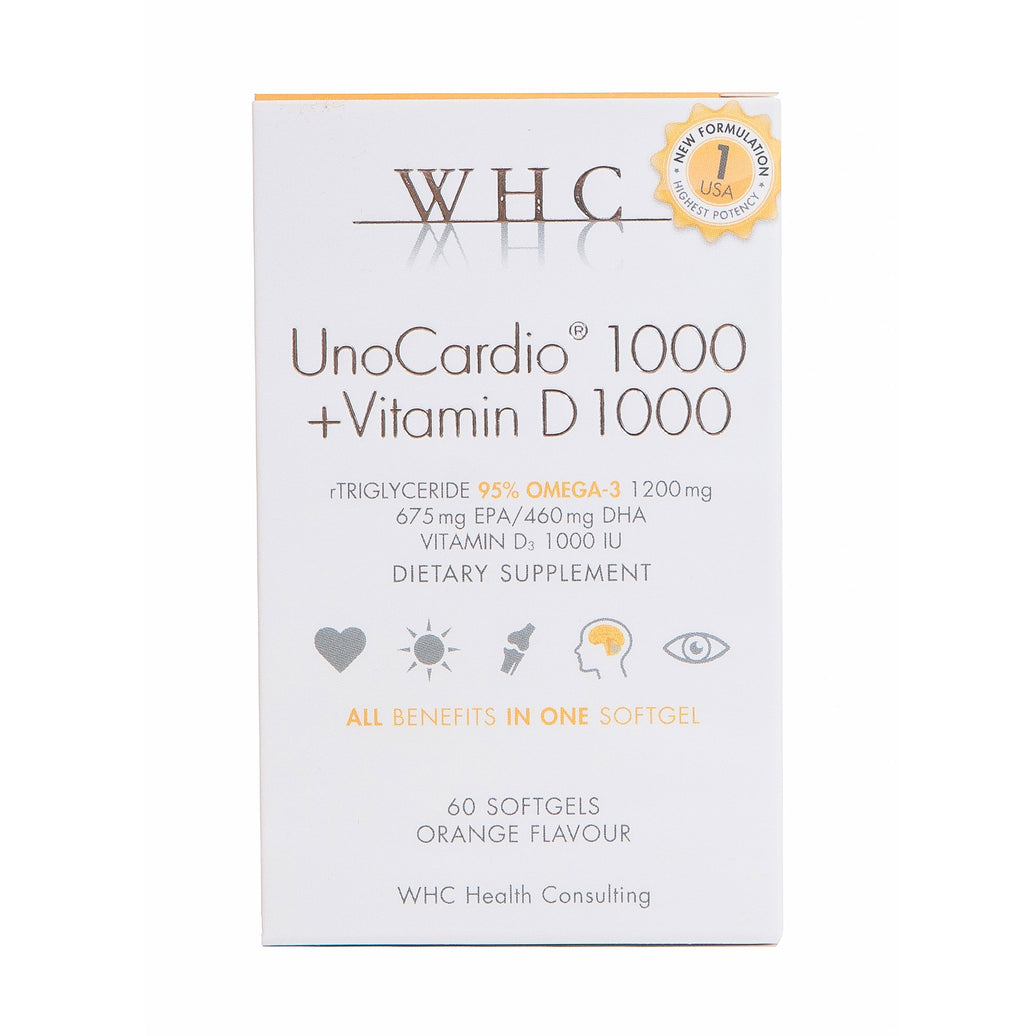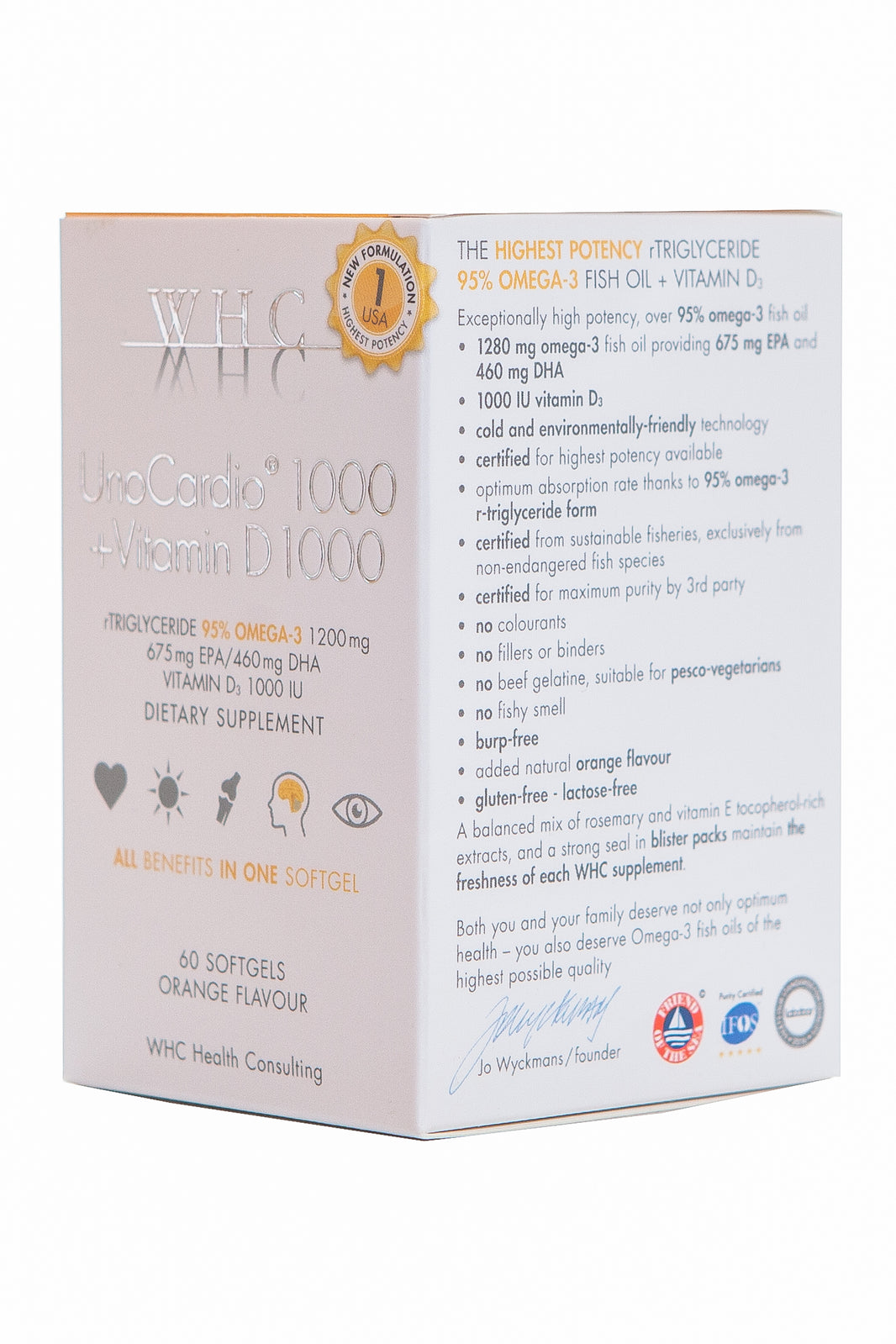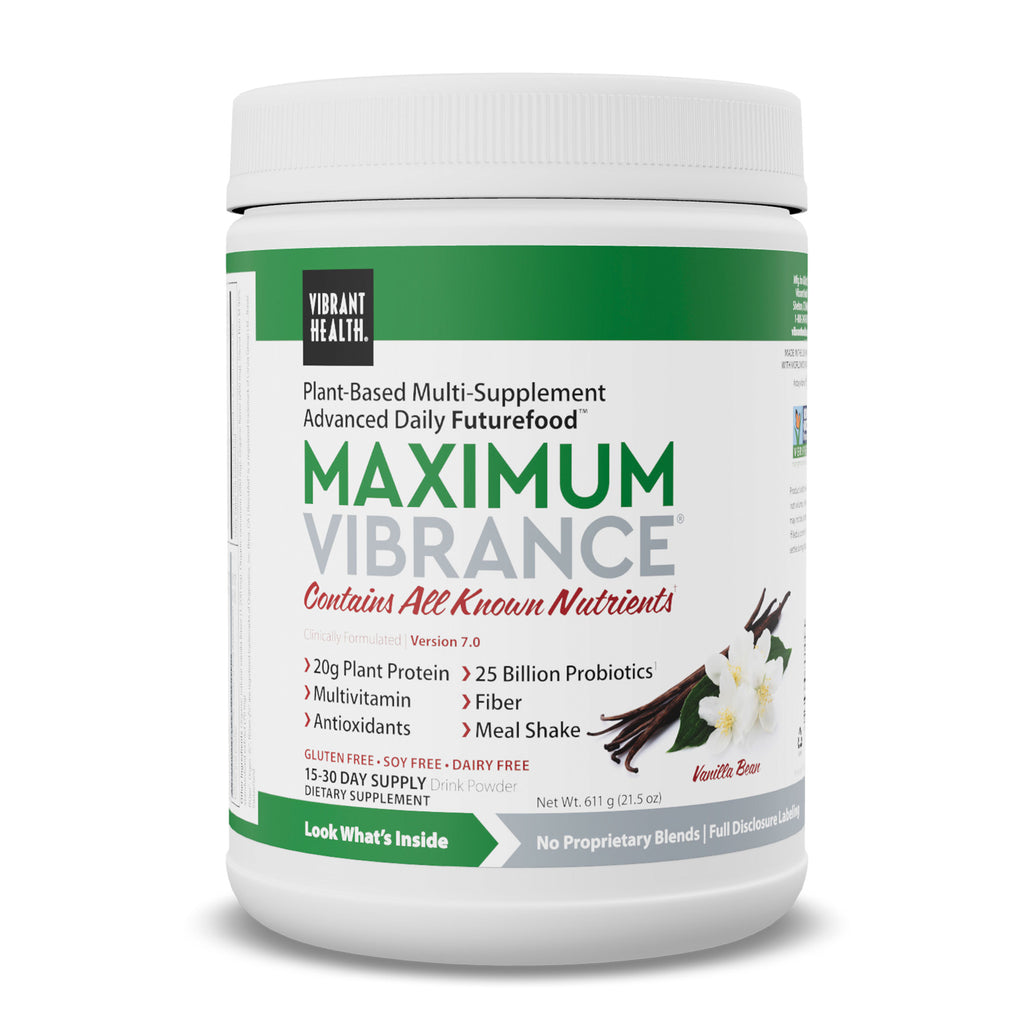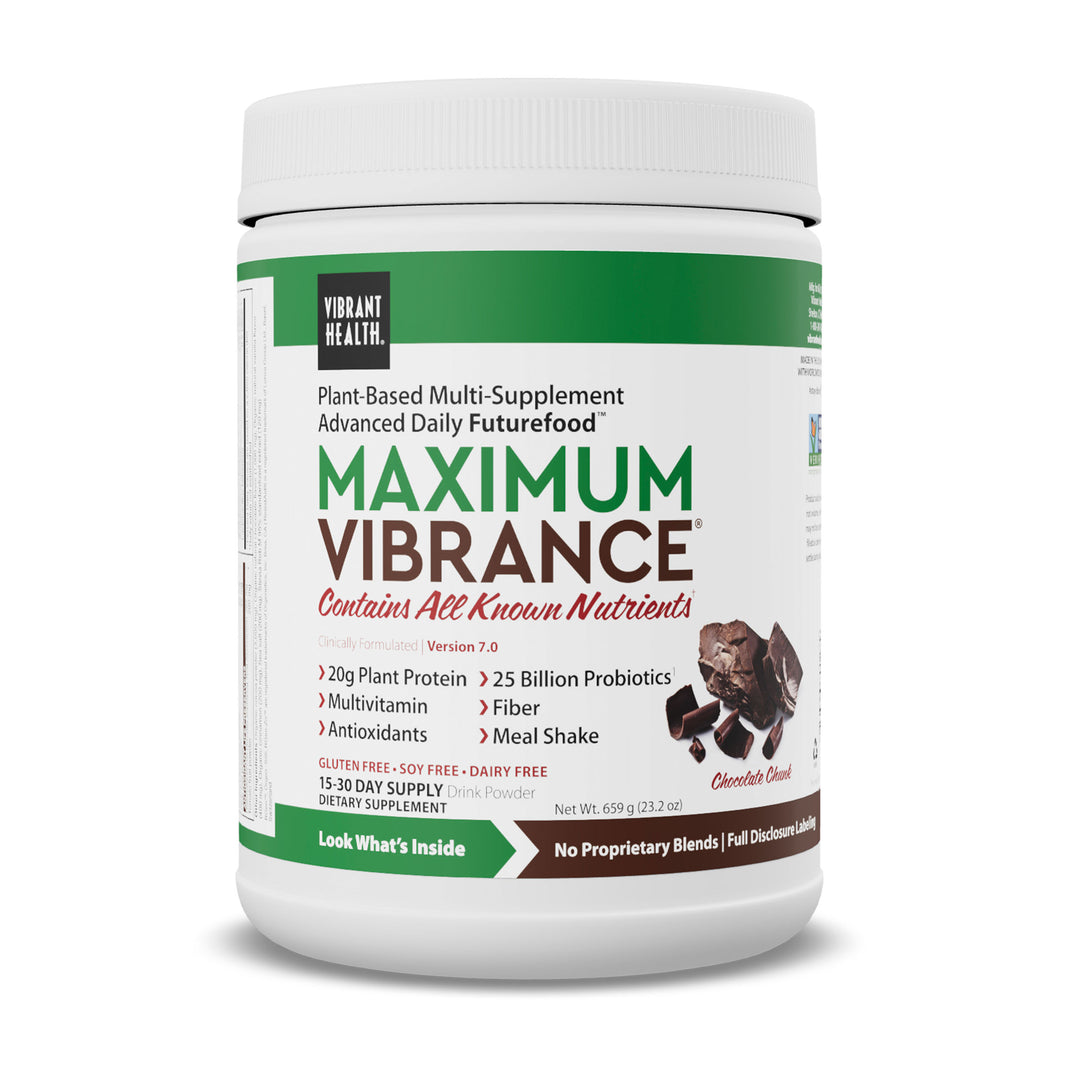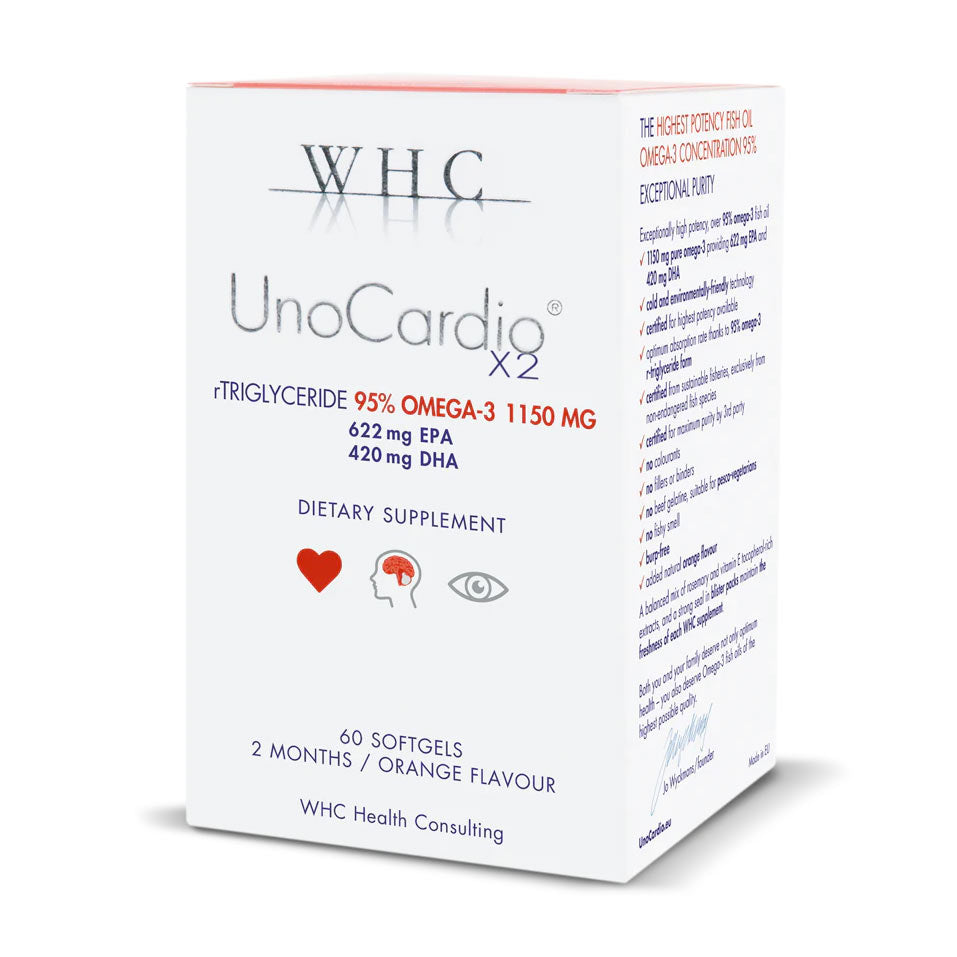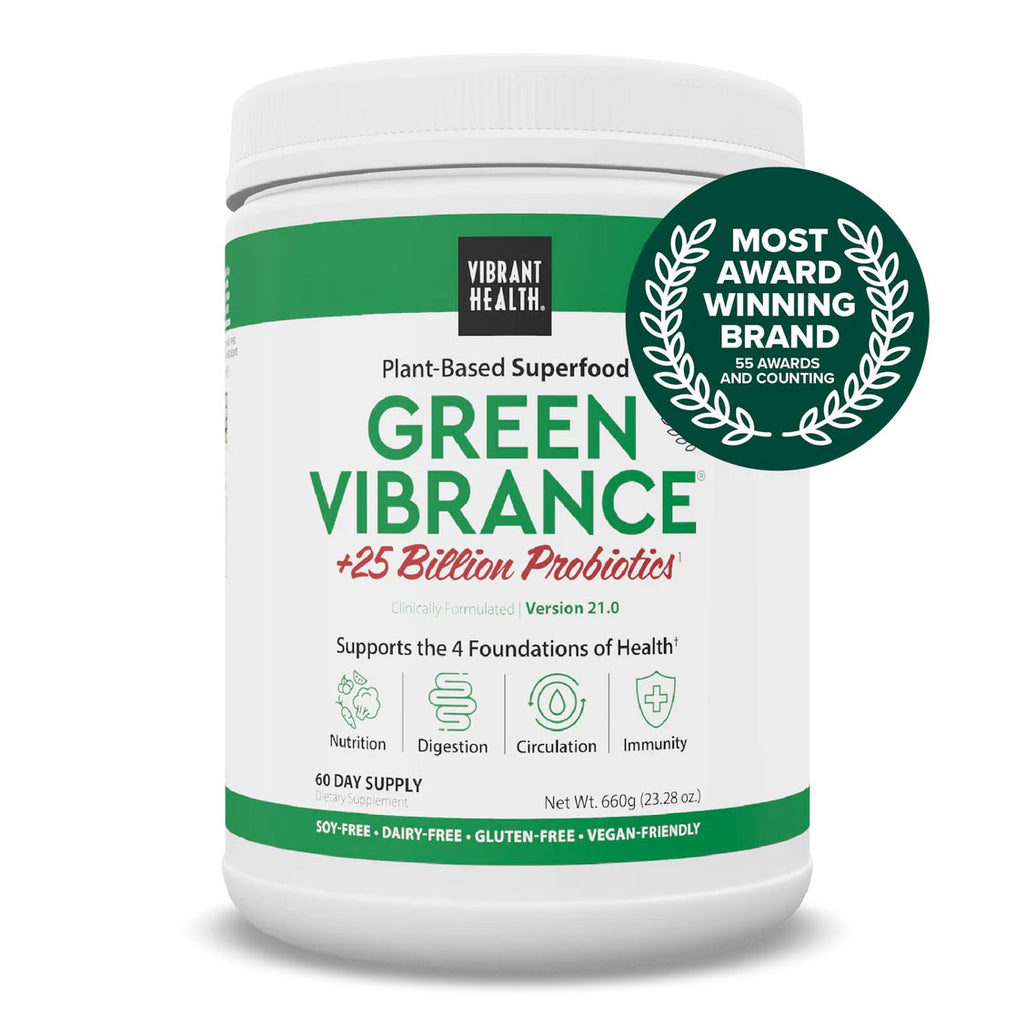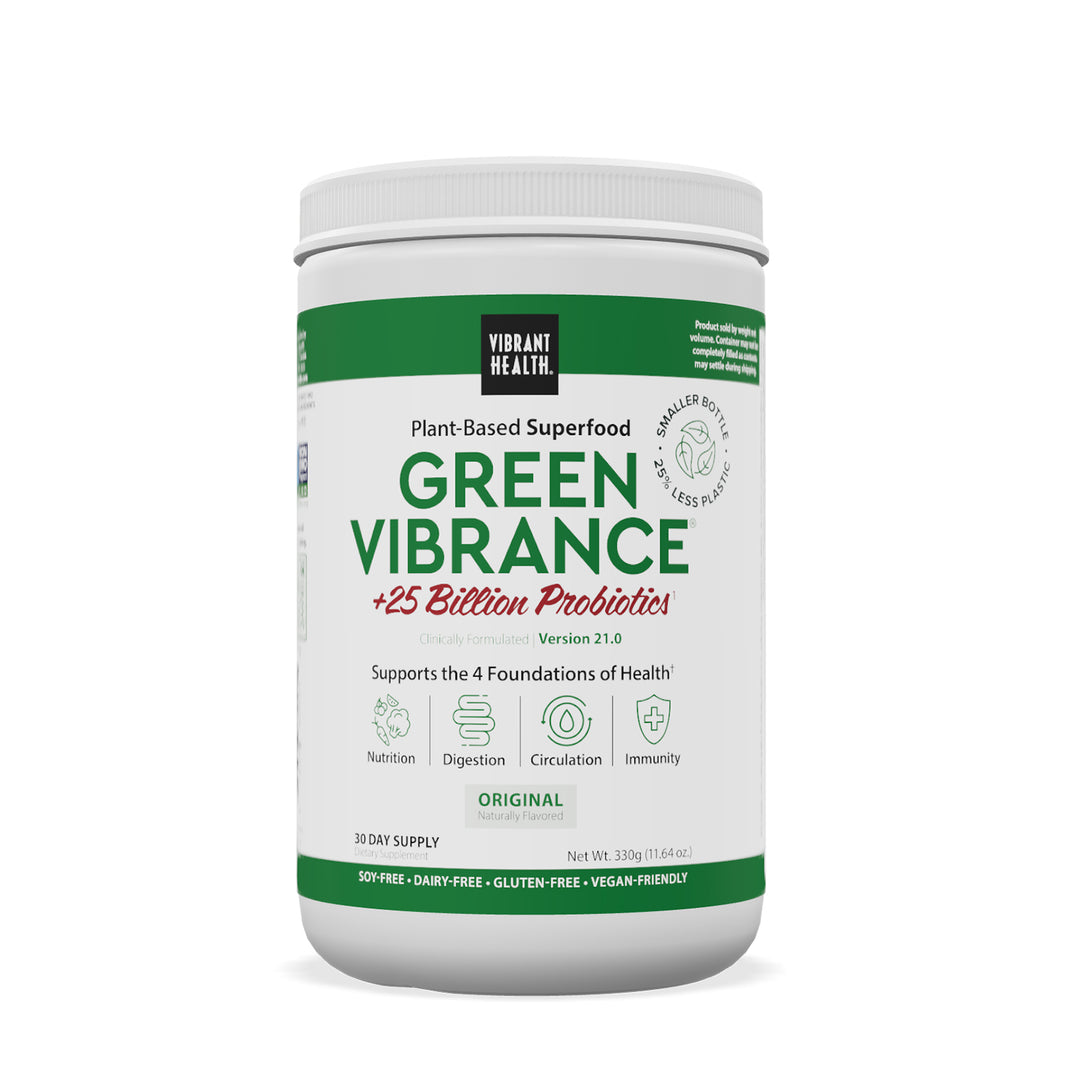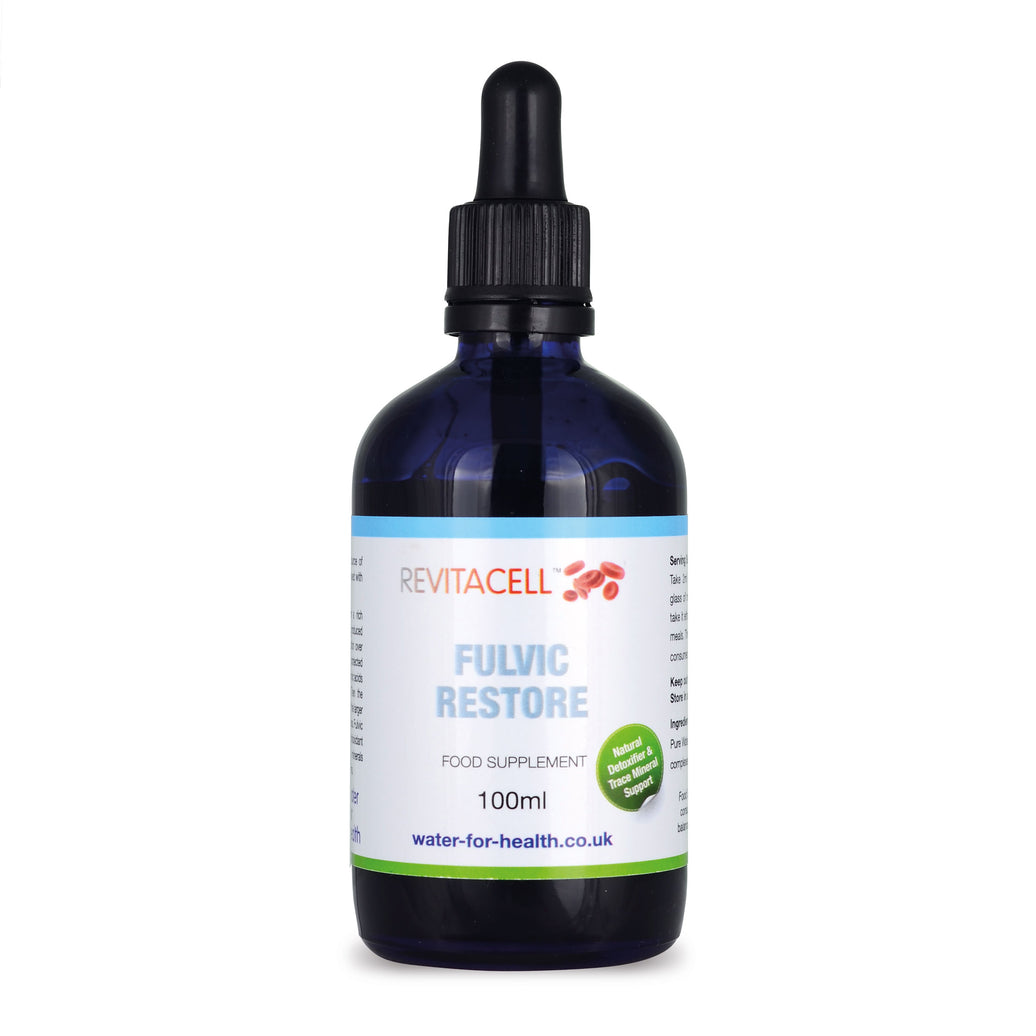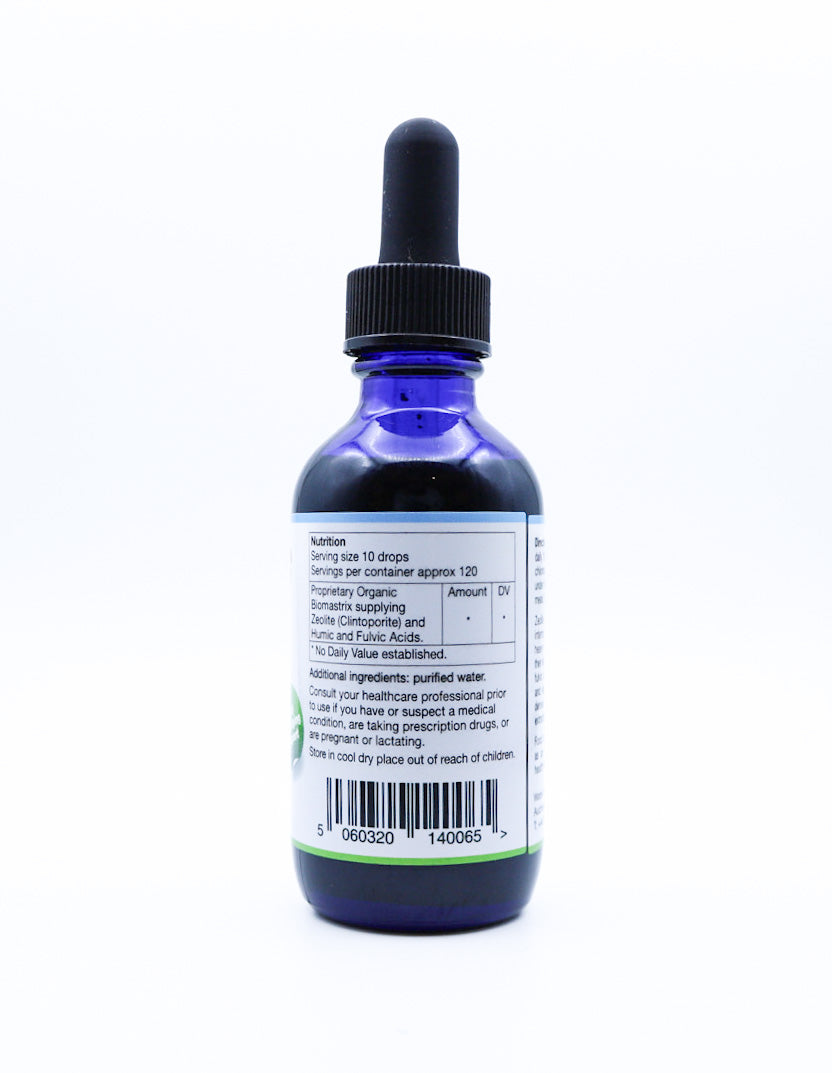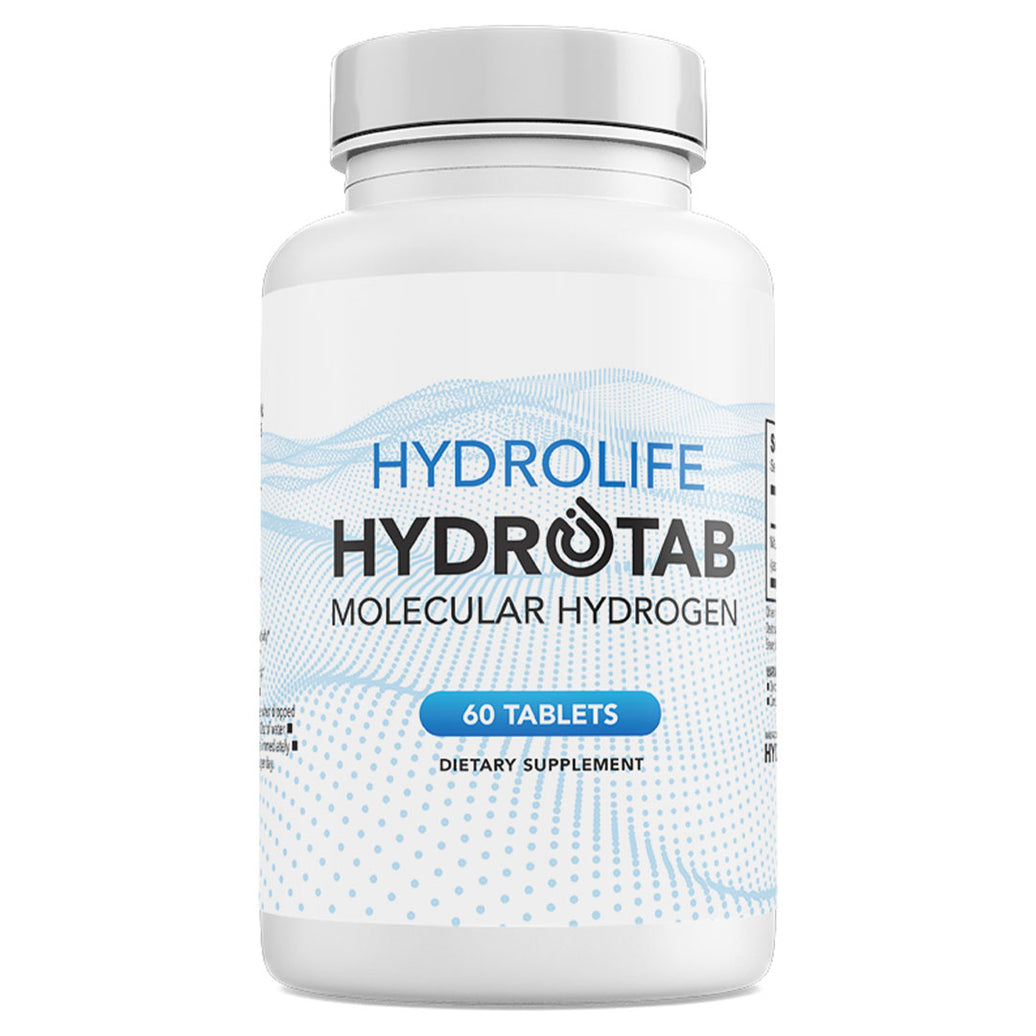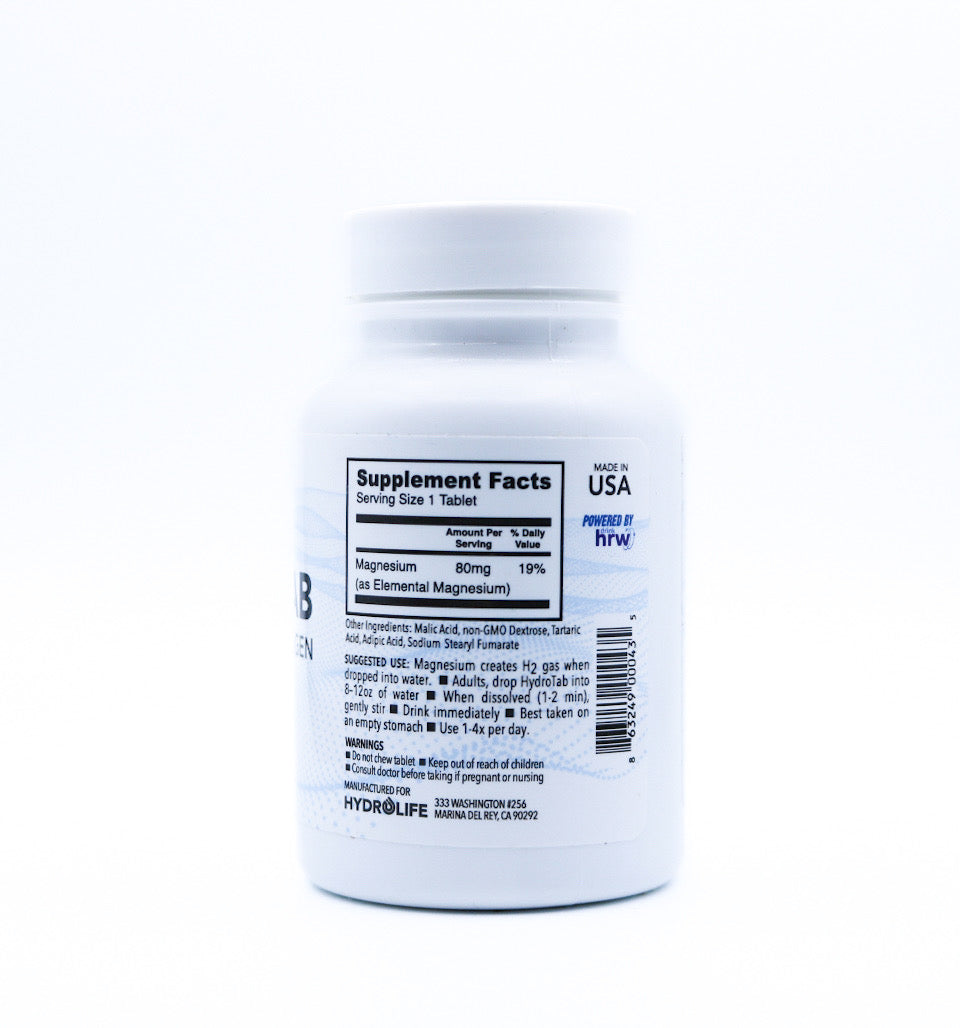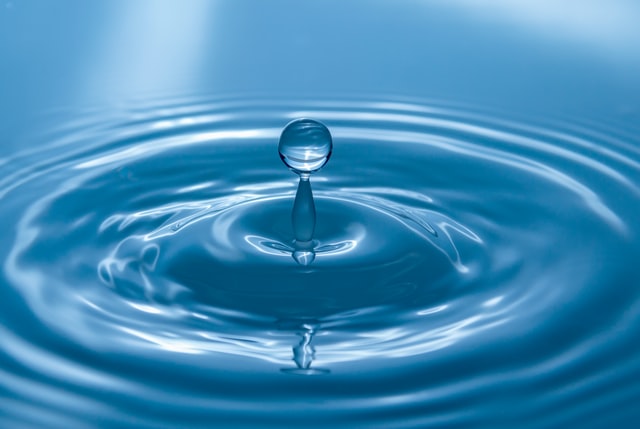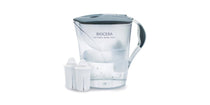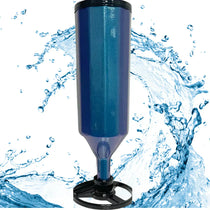Have you ever wondered about structured water and the devices said to produce it? Interest in this area has grown, not only among wellness enthusiasts but also in scientific discussions about bioenergetics.
This article offers a summary of Biologically Structured Water (BSW) – Part 3: Structured Water (SW) Generation, BSW Water, Bioenergetics, Consciousness and Coherence by Craig L. Ramsey.
Natural beginnings of structured water
In nature, water often takes on a more ordered form. Streams in high mountains, exposed to sunlight, aeration, and colder conditions, develop what researchers call partial structuring. Kosmotropic ions also contribute to this arrangement of hydrogen bonds, offering an early example of the generation of water in a structured state without human intervention.
How generation water devices work
Modern devices that aim to produce structured water use a variety of techniques. Some of the most common include:
Resonance and vortexing: Designed to mimic natural flow, these methods encourage new hydrogen-bond patterns.
Static magnets: Used in certain systems to influence molecular organisation.
Advanced Oxidation Process (AOP): A more powerful approach where water molecules split into hydronium ions (H₃O⁺) and hydroxyl radicals (•OH) before reforming into structured water with stable bonds.
AOP is often applied in industrial and environmental settings, while vortex generators are sold for generation water at home, providing drinking water for households or institutions.
Applications of structured water systems
Beyond personal hydration, the technologies used for the generation of water are already applied more widely. Examples include:
Wastewater remediation
Hydroponic and agricultural systems
Industrial water treatment
This highlights that generation water is not a single-purpose concept. It’s part of a broader set of approaches for managing and reshaping how water is used in everyday life and larger-scale processes.
Bioenergetics UK and structured water
One of the more intriguing areas of research is the connection between structured water and bioenergetics. According to Ramsey’s review, biologically structured water forms continuous layers inside cells and across biological membranes. These layers may capture, store, resonate, and transmit energy — concepts often explored under the umbrella of bioenergetics UK research.
The discussion also touches on coherence and consciousness, areas where quantum biology and structured water overlap. While this remains an evolving field, it reflects a growing curiosity about the role water plays in the body’s communication and energy processes.
Future research areas
Ramsey points to several directions where structured water could inspire further work:
Environmental management and wastewater treatment
Agricultural innovation
Quantum biology studies on coherence and synchronisation
Exploratory concepts in energy research
Speculative possibilities such as influencing rainfall patterns
Each example shows how the generation of water in structured forms might contribute to areas well beyond household devices.
Conclusion
Structured water continues to spark interest both in practical applications and in scientific discussions about energy and coherence. From AOP technologies used in wastewater plants to vortex devices for drinking water, the field of generation water is varied and still expanding.
For those following bioenergetics UK studies, the link between structured water, energy storage, and quantum-level interactions presents an intriguing area of exploration.



